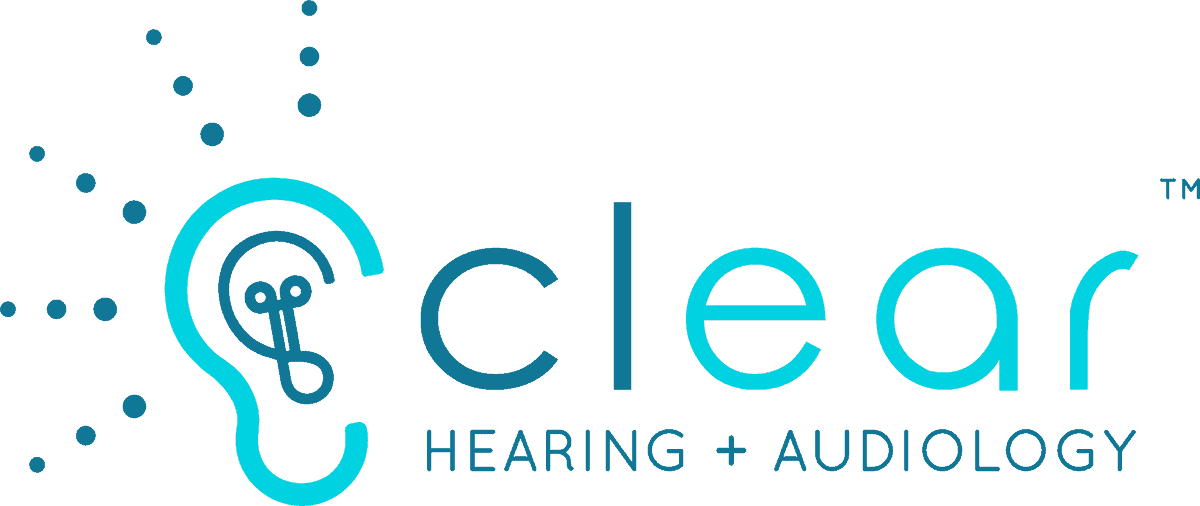
Hearing loss can be experienced in a variety of ways. One type of impaired hearing is single-sided hearing loss which is characterized by reduced hearing in one ear. This differs from having hearing loss in both ears, known as bilateral hearing loss. Fortunately, there are useful ways that single-sided hearing loss is treated, alleviating symptoms and enhancing hearing ability.
Symptoms & Causes
Single-sided hearing loss is also referred to as unilateral hearing loss which can range from mild to severe. When unilateral hearing loss is more profound, it can also be called single-sided deafness. Several factors can cause single-sided hearing loss including the following:
-
Viral or bacterial infections
-
Head injuries
-
Acoustic neuroma
-
Meniere’s disease
-
Genetic predisposition or inherited health conditions
-
Physical damage to the ear
Reduced capacity to hear in one ear presents specific symptoms including:
-
Better hearing in one ear. The most obvious symptom of single-sided hearing loss is that your capacity to hear is greater in one ear compared to the other. This may mean that you shift to hear more clearly or need to be positioned in a specific way so that the “better ear” receives the sound.
-
Difficulty with sound localization. The brain is typically able to identify where a sound is coming from through the ear that receives the sound information first. Known as sound localization, single-sided hearing loss makes this difficult because one ear cannot fully absorb and process sound.
-
Challenges perceiving volume. The brain receives auditory information from both ears which helps with processing the sound. With single-sided hearing loss, the brain is receiving information only from one ear which makes it more challenging to analyze the sound. This includes knowing how loud the sound is.
-
Strained hearing in settings with background noise. Hearing in noisy environments can also be increasingly difficult for people with single-sided hearing loss. The brain helps filter out background noise so that people can focus on the sound during a conversation. Known as selective listening, this is harder to do when one ear is impaired.
These symptoms make it more challenging to hear and readily communicate. The brain takes longer to process sound because it is only receiving information from one ear. This can increase cognitive load on the brain and make it more difficult to focus, you may miss parts of a conversation, and experience more fatigue after social interactions.
Treatment
Single-sided hearing loss is diagnosed through comprehensive diagnostic testing. A hearing test involves a painless process that measures hearing capacity in both ears. This noninvasive process identifies any hearing loss and the degree of impairment in each ear. Once your hearing profile is established, yoru hearing healthcare provider can recommend specific treatment options that meet your hearing needs. The most common treatment for hearing loss is hearing aids which are electronic devices that detect and process sound. For single-sided hearing loss, there are specific types of hearing aids that provide effective treatment and support. This includes:
CROS hearing aids. Contralateral routing of sound (CROS) system is a type of hearing aid that is designed for people who have near-total hearing loss in one ear and none in the other. The hearing-impaired ear wears a transmitter and the other ear wears a hearing aid. The transmitter detects the sounds from the environment and sends them to the hearing aid worn on the functional ear. This then allows that ear to receive and process the sound which provides helpful support so that one ear is not doing all of the work.
BiCROS hearing aids work similarly but are intended for people whose functional ear also has moderate to severe hearing loss. The hearing aid worn on that ear receives sound information from the transmitter worn on the other ear. And the key difference is that the hearing aid amplifies that sound so it is heard more clearly. These hearing aids reroute sound to better support the auditory system.
Bone anchored devices. Bone anchored hearing aids are surgically implanted. This type of hearing aid sends sound vibration to the inner ear through bone conduction.
If you are experiencing symptoms of single-sided hearing loss, it is important to have your hearing assessed today. Contact us to schedule an appointment and to learn more about hearing solutions!
